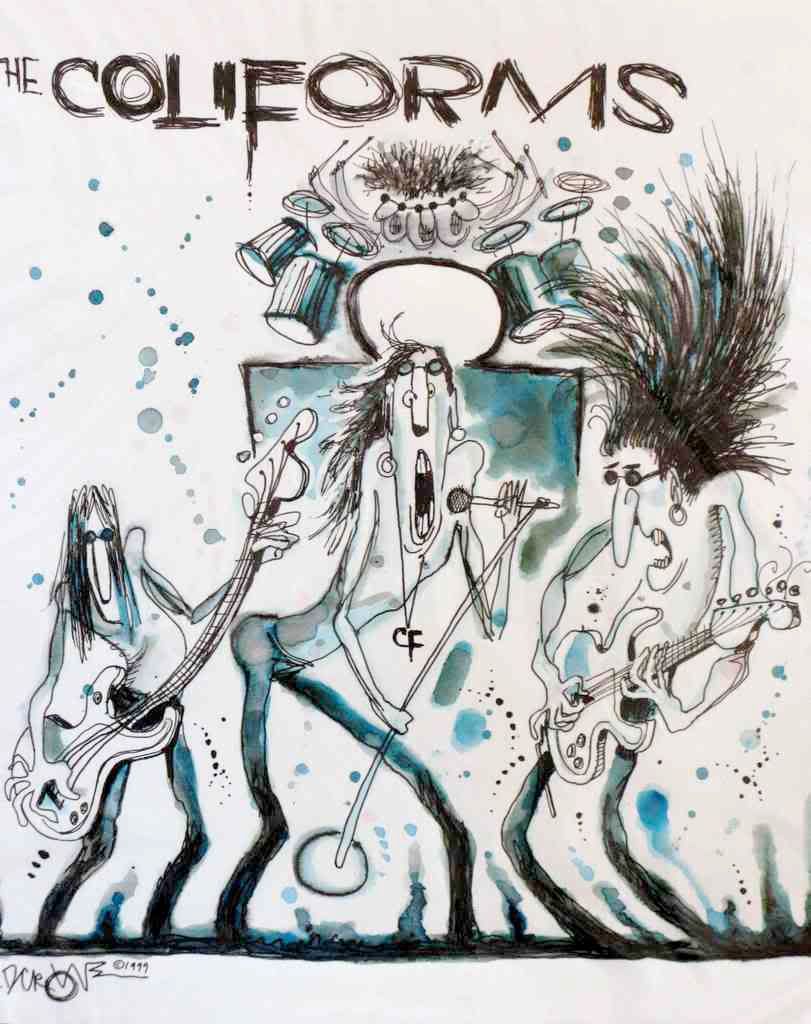 There are a large number of news items coming out of China recently that focus on food and water contamination in other parts of the world – especially, the western hemisphere. This week was no exception.
There are a large number of news items coming out of China recently that focus on food and water contamination in other parts of the world – especially, the western hemisphere. This week was no exception.A July 29th article in China View reported that Latin America is facing a severe shortage of safe drinking water. The article quoted a spokesman from the Latin American Water Tribunal as saying that 86% of the regions sewage is dumped, untreated. The spokesman added that 153,000 people in Latin America die annually from diseases carried by contaminated water.
While I suspect that China – in the days leading up to the Olympic Games opening ceremony – might be trying to divert the world's attention from its own food and water contamination issues, that's a different topic. The issue raised in the article is quite real.
People who live in the developed countries and regions of the western hemisphere take safe drinking water – and safe recreational water – for granted. All too often, we associate water contamination issues with countries in Asia and Africa, which lack the infrastructure we enjoy.
But we have our own share of infrastructure problems. The sewage treatment facilities in many major and mid-sized cities in the hemisphere are antiquated, undersized for the current population, or both.
Heavy rains or system breakdowns result in the release of untreated sewage into harbors, lakes and rivers. And leaky pipes lead to far too many "boil water" advisories. This week has seen several examples.
- San Diego, CA. July 30th. A sewer line blockage resulted in a 162 gallon sewage spill that contaminated the water at a beach in San Diego Bay.
- Columbia, SC. July 30th. An equipment malfunction at a local sewage treatment plant resulted in the release of partially treated sewage into the Saluda River. The spill occurred just upstream of the Saluda River rapids. The state's Bureau of Water recommended that people avoid contact with the water and also keep their pets away from it until further notice.
- Saskatoon, SK. August 1st. CBC reported that there had been a release of sewage into the South Saskatchewan River on July 19th. The city is upgrading its aging sewage treatment plant, which was overwhelmed by heavy rains. The spill, which occurred over a seven hour period, released as much as 60 million liters (15.8 million US gallons) of raw sewage into the river.
- Labrador City, NL. July 31st. Residents were advised to boil their water after high coliform levels were found in the city's drinking water system. The municipal engineer suggested that recent heavy rains may have resulted in the elevated coliform levels.
Let's hope that other cities – inspired by Halifax's success – will take similar action to safeguard the purity of our recreational and drinking waters.





No comments:
Post a Comment
Note: Only a member of this blog may post a comment.